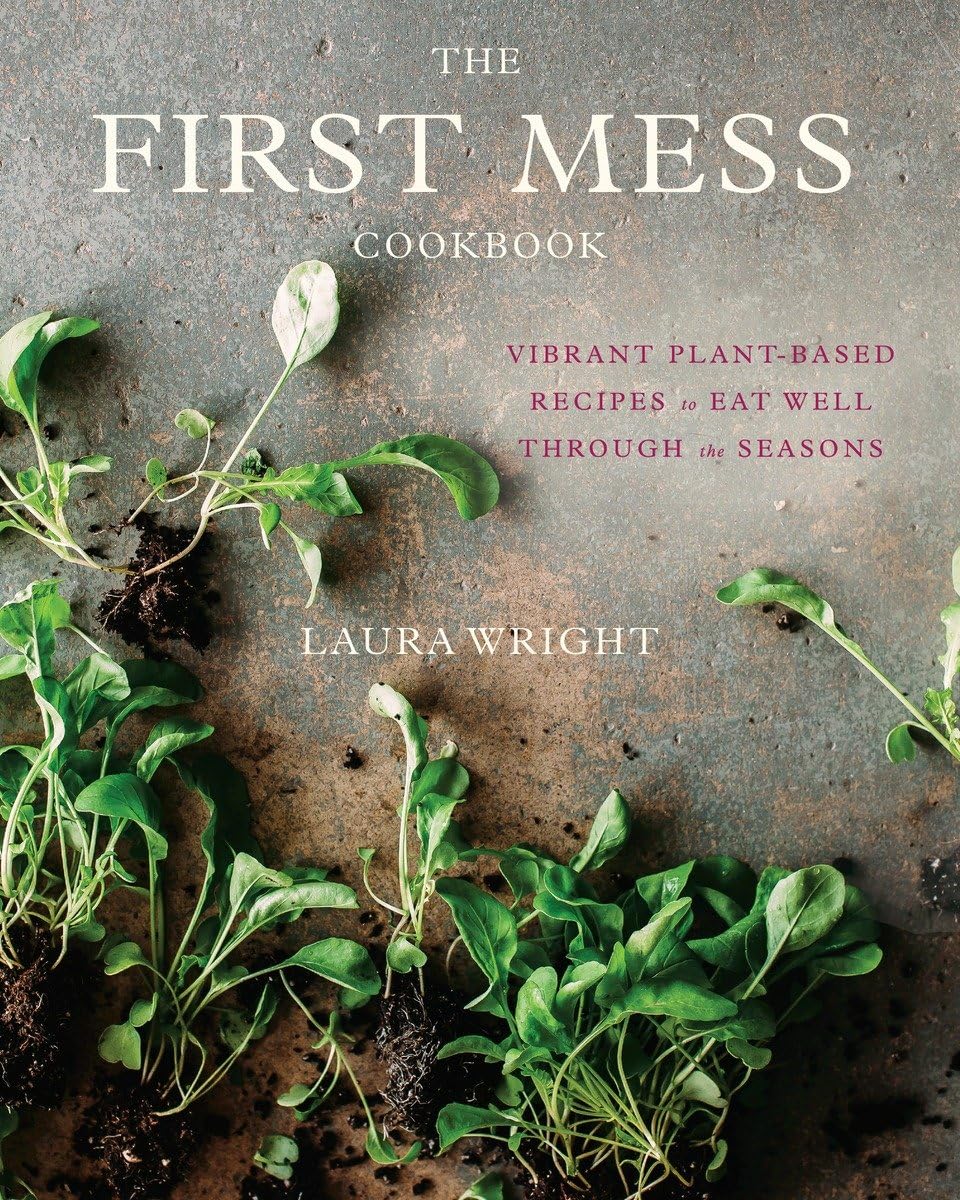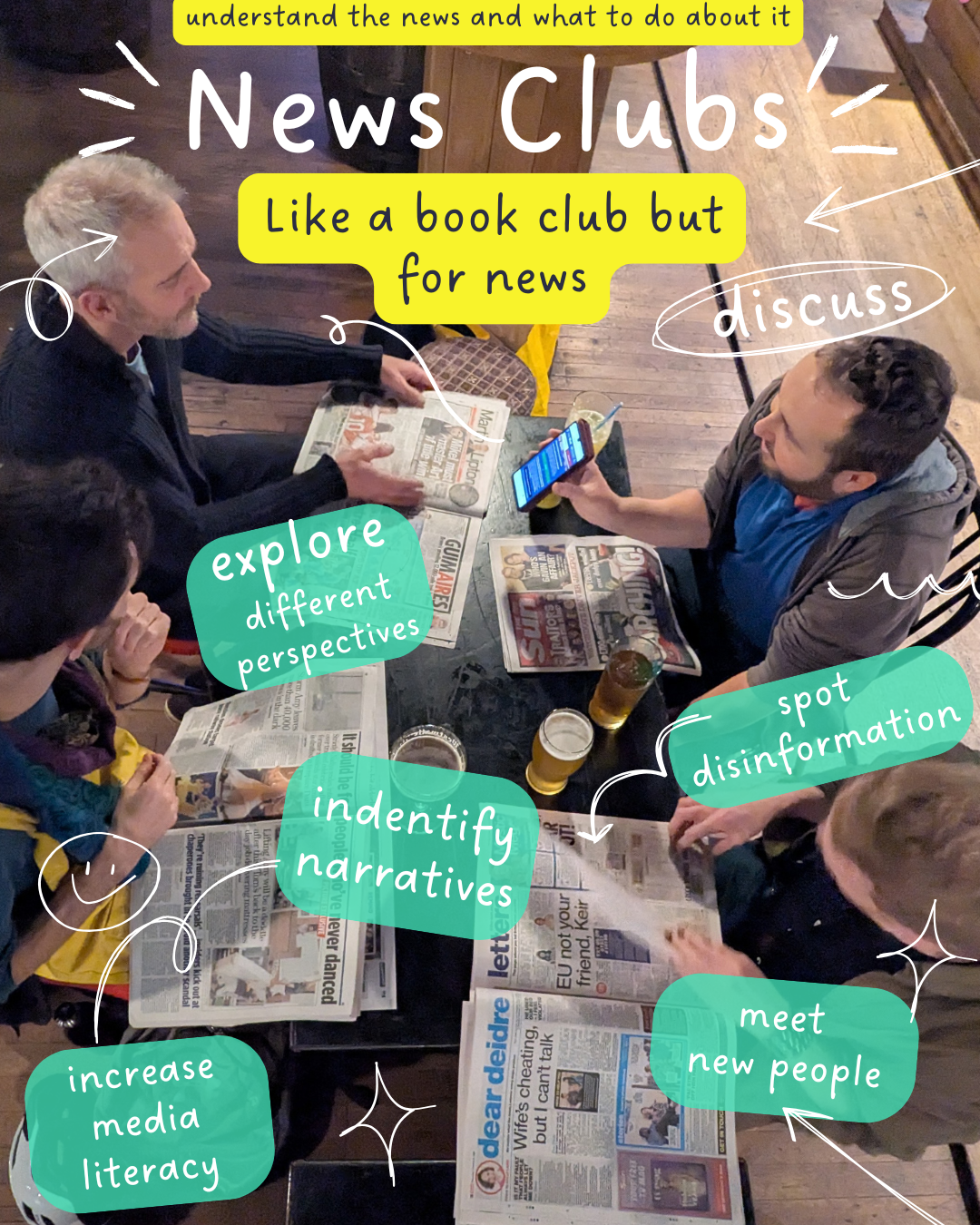How to Support England’s Heroic Firefighters

Elvis & Kresse makes accessories from recycled firehose, and 50% is donated to the Firefighters Charity
There isn’t a more heroic job than a firefighter, is there? In 2020, London Fire Brigade also rescued over 300 cats and birds, 73 dogs, 61 foxes, 17 horses, 17 deer and 7 squirrels. They also put out wildfires and fires caused by fire lanterns.
This recycled firehose wallet donates 50% of profits to the Firefighters’ Charity.
By far, the most powerful way we can help heroic firefighters, is to stop fires. And that’s means good preventive advice, to prevent everything from kitchen fires to cigarette fires.
Read our post on reasons to never release fire lanterns
Never Drop Cigarette Litter
- Smoke outside (and use a personal ashtray).
- Never drop cigarette litter (like a match to paper, on dry land).
- Install smoke alarms (your fire service will check for vulnerable people) and get them checked.
- Give up smoking!
Prevent Kitchen Fires
- Swap chip pans for air-fryers with safety cut-outs. Chip pans are the biggest cause of house fires in England, so throw them out. Your food will also be healthier.
- When cooking, tie loose hair back, avoid floaty sleeves, face pan handles inwards and keep a mini extinguisher nearby.
Prevent Electrical Fires
- Get rid of overloaded sockets, faulty wiring, flickering lights (including dodgy Christmas lights) and hot switches. All are warning signs of electrical trouble. Contact a qualified electrician to investigate.
- Always follow candle safety advice, if using.
- Switch off electric blankets, when not in use.
- Use safer oil-powered radiators over convector heaters. The latter can overheat.
- Don’t leave laptops and phones on your bed, as they heat up.
Prevent Chimney Fires
- Clean gas vents, flues & chimneys. Have a qualified chimney sweep visit at once a year, to avoid chimney fires.
- Only use proper approved fire lighters and follow advice for open fires.
- Use a fireguard. Read more on safely enjoying open fires.
Safe Storage of Flammable Substances
- Take flammable liquids and chemicals to the tip (or have them collected).
- If you have to use them, store in well-ventilated areas, away from heat sources.
- Use proper proper containers with labels for easy identification.
- Don’t let cluttered spaces become a haven for fire risks.
- Paper is flammable, so take time to go through your paperwork and remove all your clutter, to remove sources that could catch fire (all frayed over-long curtains etc).
Fire Safety Equipment
- Install working smoke alarms on every floor, and test them weekly.
- If you are vulnerable, most fire stations will come out for free home checks, and help you fit them.
- Invest in a fire extinguisher (and know how to use it) and a fire blanket (which can snuff out small flames).
Creating an Emergency Plan
- Create a clear plan for how to leave the premises quickly and safely. Know two exits from every room.
- Establish a meeting point for everyone outside your home or office. This ensures quick headcounts during an emergency.
- Practising your evacuation plan makes it second nature. Regular fire drills mean everyone knows what to do when the alarm sounds.
How to Prevent Another Grenfell Tower

The 2017 Grenfell Tower fire that killed 72 people (and injured many more) was caused by a faulty fridge (not the owner’s fault) and due to lack of fire safety maintenance (two residents who asked the council to do more, died in the fire with their families).
Reasons to put limits on building heights
The fire was caused by combustible foam, used to fill in irregular gaps in the windows of a tower block. Yet the council (run by different people now) did not listen to concerns.
Findings to Prevent Another Grenfell Tragedy
- Register electrical appliances, to be notified of safety repairs & recalls. US law requires a steel back to fridges to help contain fires. Yet until recently, UK fridges only needed plastic backing. There is still no UK law, to prevent sale of second-hand plastic-backed fridges.
- Ensure councils do proper fire checks and inspections. Immediately replace with safer cladding.
- Surrey Fire Service has tips for councils and builders, to ensure tower blocks are safe. These include sub-dividing buildings or better escape routes, suitable (labelled) fire doors, fitting smoke detectors in each room and maintaining ‘dry risers’ (empty pipes that fire brigades can pump water to multiple levels).
- Fix My Block is a site where tower block residents can download and sample letters, to ensure the law is adhered to for fire and gas safety, cladding and repairs.
Reclaimed Hose Accessories (that help firefighters)
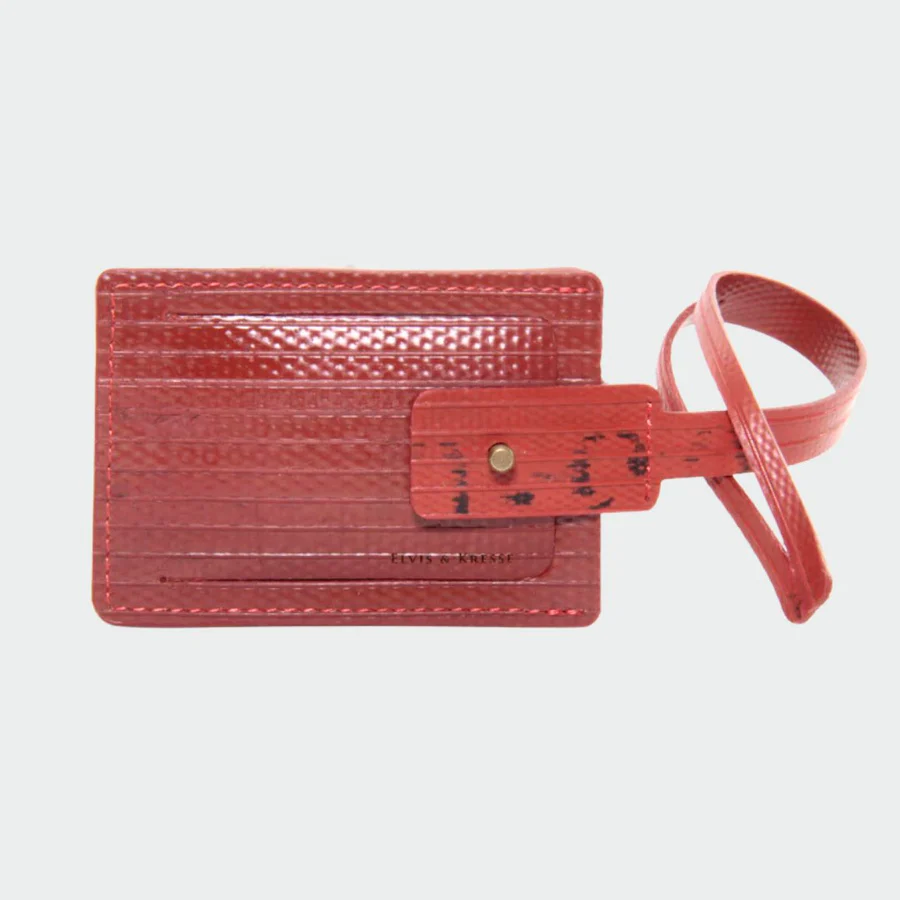
Elvis & Kresse is a unique company that takes firehose that has ‘gone into retirement’ after a 25-year heroic life of fighting fires, and then turns it into naturally luxury accessories. 50% of profits help retired and active firefighters with mental health and financial support.

This Kent company sometimes lines items with reclaimed military-grade parachute silk, a few using rarer yellow firehose.
Life Wisdom from a Former Firefighter
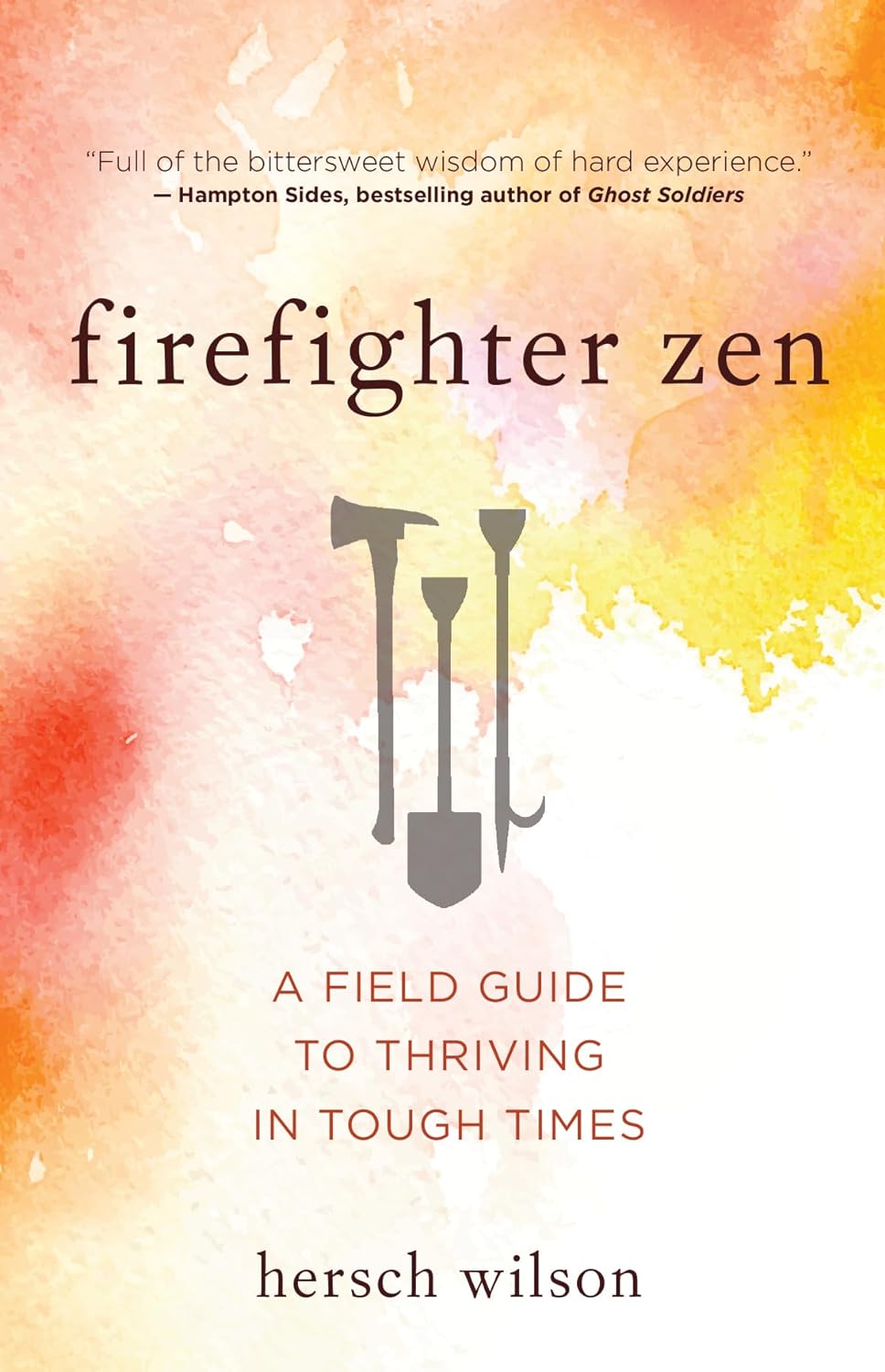
Firefighter Zen is an interesting read by a retired firefighter who spent his working life walking towards danger, rather than (like most of us) running away from it.
In this unique collection of true stories, he shows you how to stay grounded while navigating danger, comforting others and responding to personal problems. It’s how we cope with these events (rather than the events themselves) that define the quality of our lives.
Thought Vegans Were Weak & Weedy?
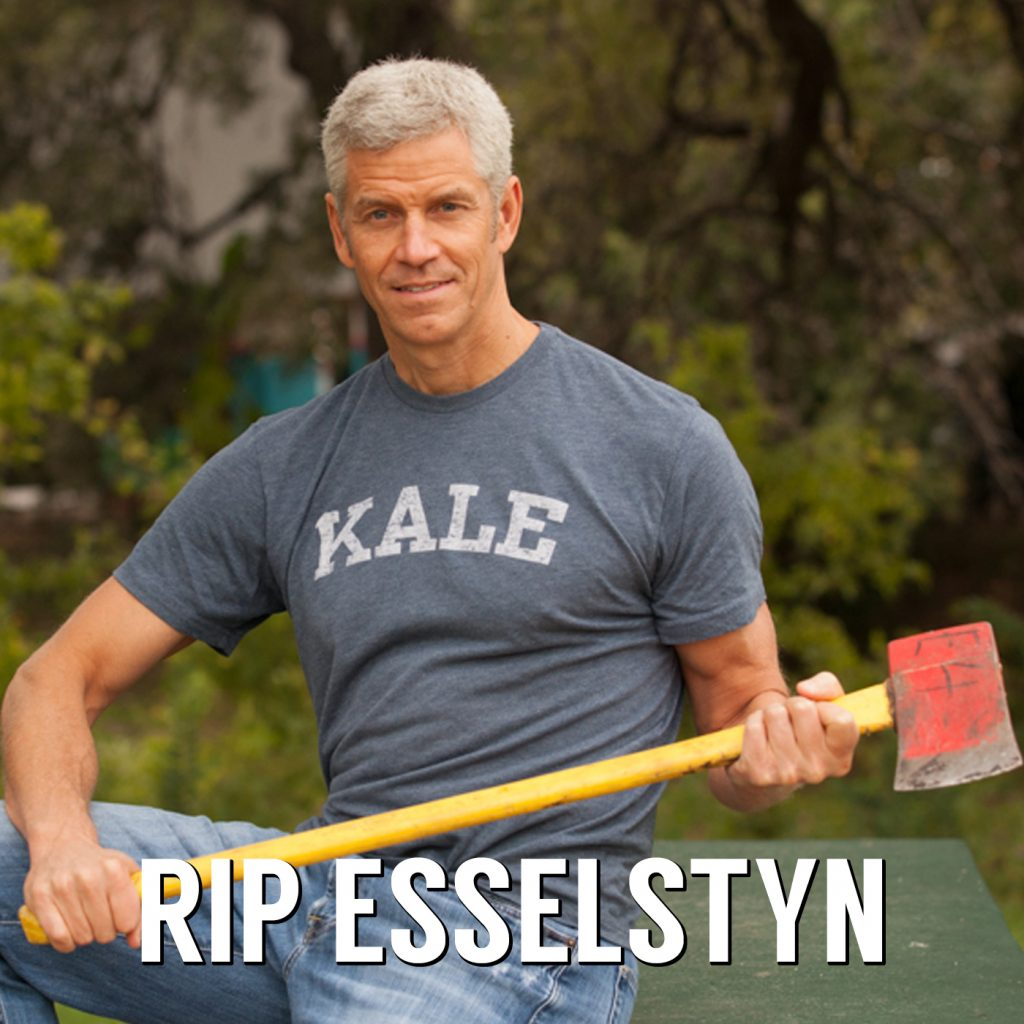
If you think that vegans are weedy and would fall over if you brushed them with a feather, meet:
- Rip Esseltyn is a former US firefighter who promotes the plant-strong lifestyle (he’s the son of the first cardiologist to reverse heart disease in patients through diet, proven on angiograms). At 60, he became world record holder in 200 metre backstroke for his age group!
- We think Fiona Oakes is one of the most amazing people on the planet. Missing one kneecap, she nevertheless trained to become a firefighter. Then she opened a farm sanctuary for rescued animals. Now she runs marathons to raise money, while also fighting fires!
- Jade Konkel-Roberts, a vegan Scottish rugby player, who has played at national level for over 10 years. In her ‘other life’, she’s a serving firefighter.

